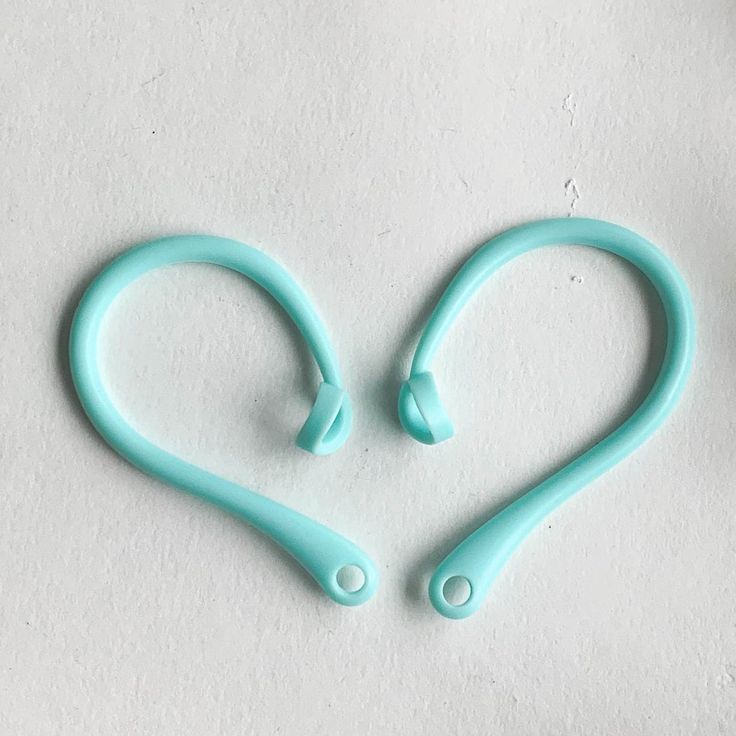Thin silicone cases, with their sleek profiles and vibrant colors, have become a popular choice for smartphone users who prioritize aesthetics. But amidst their stylish appeal, a crucial question arises: are these slim cases truly protective? Can they safeguard your precious device from the inevitable bumps, drops, and scratches of everyday life? Let’s delve into the world of thin silicone cases, exploring their protective qualities, potential drawbacks, and how to strike the perfect balance between style and safety.
The Allure of Thin Silicone Cases: Embracing Minimalism
Thin silicone cases have captured the hearts of many smartphone users for several compelling reasons.
-
Sleek and Lightweight: These cases add minimal bulk to your phone, preserving its original design and allowing for a comfortable grip. They slip easily into pockets or bags without adding unnecessary weight or bulk.
-
Vibrant Colors and Designs: Silicone cases come in a kaleidoscope of colors and patterns, allowing you to express your personality and match your case to your mood or outfit.
-
Soft and Grippy Texture: The soft and slightly grippy texture of silicone provides a secure hold, reducing the risk of your phone slipping out of your hand.
-
Affordable: Silicone cases are generally budget-friendly, offering a cost-effective way to protect your phone without compromising style.
Protection Level: Unveiling the Truth
While thin silicone cases offer some level of protection, it’s important to understand their limitations.
-
Minor Scratches and Bumps: Silicone cases excel at protecting your phone from minor scratches, scuffs, and everyday wear and tear. The soft material acts as a buffer, preventing direct contact between your phone and abrasive surfaces.
-
Limited Drop Protection: However, thin silicone cases might not offer the same level of protection against drops or impacts as bulkier cases with reinforced corners or thicker materials. The slim profile and flexible nature of silicone might not adequately absorb the impact energy from a significant fall.
-
Screen and Camera Lens Protection: Some thin silicone cases might lack raised edges or bezels around the screen and camera lens, leaving these vulnerable areas exposed to potential scratches or damage.
Choosing the Right Level of Protection:
-
Lifestyle and Activity: Consider your lifestyle and how often you expose your phone to potential hazards. If you’re prone to drops or accidents, a thicker case with reinforced corners might be a better choice. However, if you primarily use your phone in controlled environments and prioritize a sleek aesthetic, a thin silicone case might suffice.
-
Additional Protection: If you opt for a thin silicone case, consider supplementing its protection with a screen protector and a camera lens protector. These add-ons can safeguard the most vulnerable parts of your phone from scratches and cracks.

Other Factors to Consider: Beyond Protection
While protection is paramount, other factors can also influence your choice of a phone case.
Compatibility
Ensure the case is specifically designed for your phone model to guarantee a perfect fit and access to all buttons, ports, and the camera lens.
Grip and Comfort
Choose a case that feels comfortable and secure in your hand. The texture and design of the case can impact your grip and overall user experience.
Style and Aesthetics
Your phone case is an extension of your personal style. Select a color, pattern, or design that reflects your individuality and complements your phone’s aesthetic.
Additional Features
Some silicone cases offer additional features like built-in card slots, kickstands, or compatibility with wireless charging. Consider these features based on your needs and preferences.
Thin silicone cases, with their sleek design and comfortable feel, are a popular choice for those seeking a minimalist and stylish way to protect their phones. While they offer excellent protection against scratches and minor bumps, their limited drop protection might be a concern for some.
By understanding their strengths and limitations, considering your individual needs and lifestyle, and incorporating additional protective measures if necessary, you can make an informed decision about whether a thin silicone case is the right choice for you.
Balancing Act: Style vs. Protection
One of the main appeals of thin silicone cases is their minimalist aesthetic. They allow you to showcase your phone’s design while adding a pop of color or a subtle texture. However, this sleekness often comes at the cost of reduced protection compared to bulkier cases.
-
Trade-offs: It’s essential to acknowledge the trade-offs involved in choosing a thin silicone case. While they excel in aesthetics and maintaining a slim profile, they might not be the best option for those who frequently drop their phones or engage in activities that put their devices at risk.
-
Finding the Balance: If you prioritize style and a minimalist feel, a thin silicone case can be a suitable choice, provided you’re mindful of its limitations and take extra precautions to avoid drops or impacts.
Enhancing Protection: Additional Measures
While thin silicone cases might not offer the same level of protection as their bulkier counterparts, you can enhance their protective capabilities with a few additional measures.
-
Screen Protectors: A tempered glass screen protector can safeguard your phone’s screen from scratches and cracks, even with a thin silicone case.
-
Camera Lens Protectors: Similarly, a camera lens protector can shield your phone’s camera lens from damage, ensuring clear and pristine photos.
-
PopSockets or Phone Grips: Attaching a PopSocket or phone grip to the back of your case can enhance your grip and reduce the risk of accidental drops.
-
Mindful Handling: While a case provides protection, it’s still essential to handle your phone with care. Avoid placing it in pockets with sharp objects or exposing it to extreme temperatures or moisture.

Beyond Protection: Other Benefits of Silicone Cases
In addition to their protective qualities, thin silicone cases offer several other benefits.
-
Enhanced Grip: The soft and slightly grippy texture of silicone provides a secure hold, minimizing the risk of your phone slipping out of your hand.
-
Dust and Dirt Resistance: Silicone cases are relatively resistant to dust, keeping your phone looking clean.
-
Easy to Clean: Most silicone cases can be easily cleaned with a damp cloth and mild soap, maintaining their hygiene and appearance.
-
Wireless Charging Compatibility: Thin silicone cases are generally compatible with wireless charging, allowing you to conveniently charge your phone without removing the case.
Exploring Alternatives: Other Case Materials
If you’re seeking a higher level of protection or different aesthetic options, consider these alternative case materials.
-
Hard Plastic Cases: These cases, typically made from polycarbonate or other rigid plastics, offer excellent protection against scratches and impacts. However, they can be less shock-absorbent than rubber cases and might crack or shatter upon impact.
-
Hybrid Cases: Hybrid cases combine a hard outer shell with a softer inner layer, offering a balance of protection.
-
Leather Cases: Leather cases exude a sense of luxury and sophistication. They develop a beautiful patina over time, adding character and uniqueness. However, leather cases require more delicate care and can be susceptible to water damage or staining.
-
Metal Cases: Metal cases, often made from aluminum or titanium, offer a sleek and durable option. However, they can be heavy and might interfere with signal reception or wireless charging.

Conclusion
Thin silicone cases offer a stylish and minimalist way to protect your phone from scratches and minor bumps. While they might not provide the same level of drop protection, their sleek design make them a popular choice.
By understanding their strengths and limitations, considering your individual needs and lifestyle, and incorporating additional protective measures if necessary, you can confidently choose a thin silicone case that balances style and safety for your beloved device.










